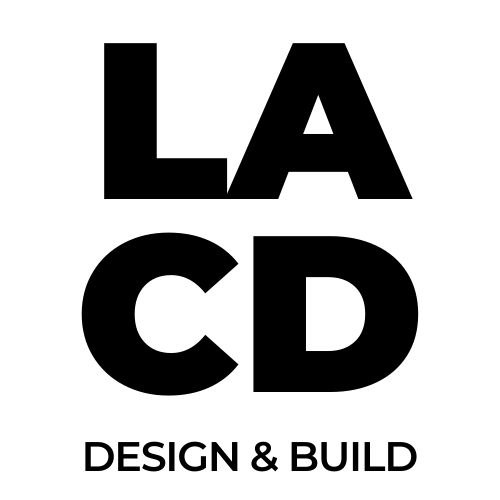House extensions have become increasingly popular in recent years as homeowners seek to upgrade and expand their living space without the hassle of moving. With the rise of DIY culture, many people are considering building their own house extensions to save money and add value to their properties. However, there are pros and cons to both DIY and professional house extensions that should be carefully considered before undertaking such a project.
One of the main advantages of building your own house extension is cost savings. By taking on the project yourself, you can eliminate the cost of hiring a professional builder or contractor, which can be substantial. In addition, DIY house extensions allow homeowners to have more control over the design and construction process, ensuring that the final product meets their exact specifications. This can be a major advantage for those who have a clear vision of what they want their house extension to look like.
On the other hand, there are also several downsides to DIY house extensions. One of the main issues is the lack of experience and expertise that many homeowners have when it comes to construction. Building a house extension is a complex and time-consuming process that requires knowledge of building codes, permits, and materials. Without the proper training and skills, DIY house extensions can quickly become more trouble than they are worth.
Professional house extensions, on the other hand, offer several advantages that DIY projects do not. Professional builders have the experience and expertise to plan and execute a house extension efficiently and effectively. They are also familiar with local building codes and regulations, ensuring that the project is completed safely and legally. In addition, hiring a professional builder can often save time and reduce the stress and anxiety that can come with taking on a large construction project.
Of course, professional house extensions also come with a price tag. Hiring a builder or contractor to complete a house extension can be expensive, with costs ranging from thousands to tens of thousands of dollars depending on the size and scope of the project. For homeowners on a tight budget, this expense can be a major deterrent to hiring a professional.
In conclusion, there are pros and cons to both DIY and professional house extensions. While building your own house extension can be a cost-effective way to add value to your home, it also comes with its own set of challenges and risks. Hiring a professional builder, on the other hand, can ensure that the project is completed efficiently and safely, but at a higher cost. Ultimately, the decision to build a house extension yourself or hire a professional will depend on your budget, skills, and personal preferences.
For more information on house extensions contact us anytime:
LACD Design and Build | Building contractors | London, UK
https://www.lacd.co.uk/
02045382122
London Art Construction and Design Limited 86-90 Paul Street, London, EC2A 4NE
LACD Design and Build is a London-based main contractor offering turnkey construction and fit-out services for residential and commercial projects. Led by a qualified structural engineer, we deliver technically sound solutions with a focus on build quality, safety, and coordination.
We work across a range of project types—from structural alterations and refurbishments to full shell & core delivery, CAT A and CAT B fit-outs. Our team is experienced in both traditional construction methods and modern techniques, combining craftsmanship with efficient delivery models. We are fully conversant with JCT and RIBA contract frameworks and work comfortably under client-side or consultant-led teams.
With strong awareness of CDM regulations and health & safety legislation, we provide structured project management throughout the construction lifecycle. Our services include programming, procurement coordination, site supervision, and quality control—ensuring compliant and well-executed outcomes.
LACD has delivered projects in conservation areas, heritage settings, and complex urban environments. References and project case studies are available upon request.

